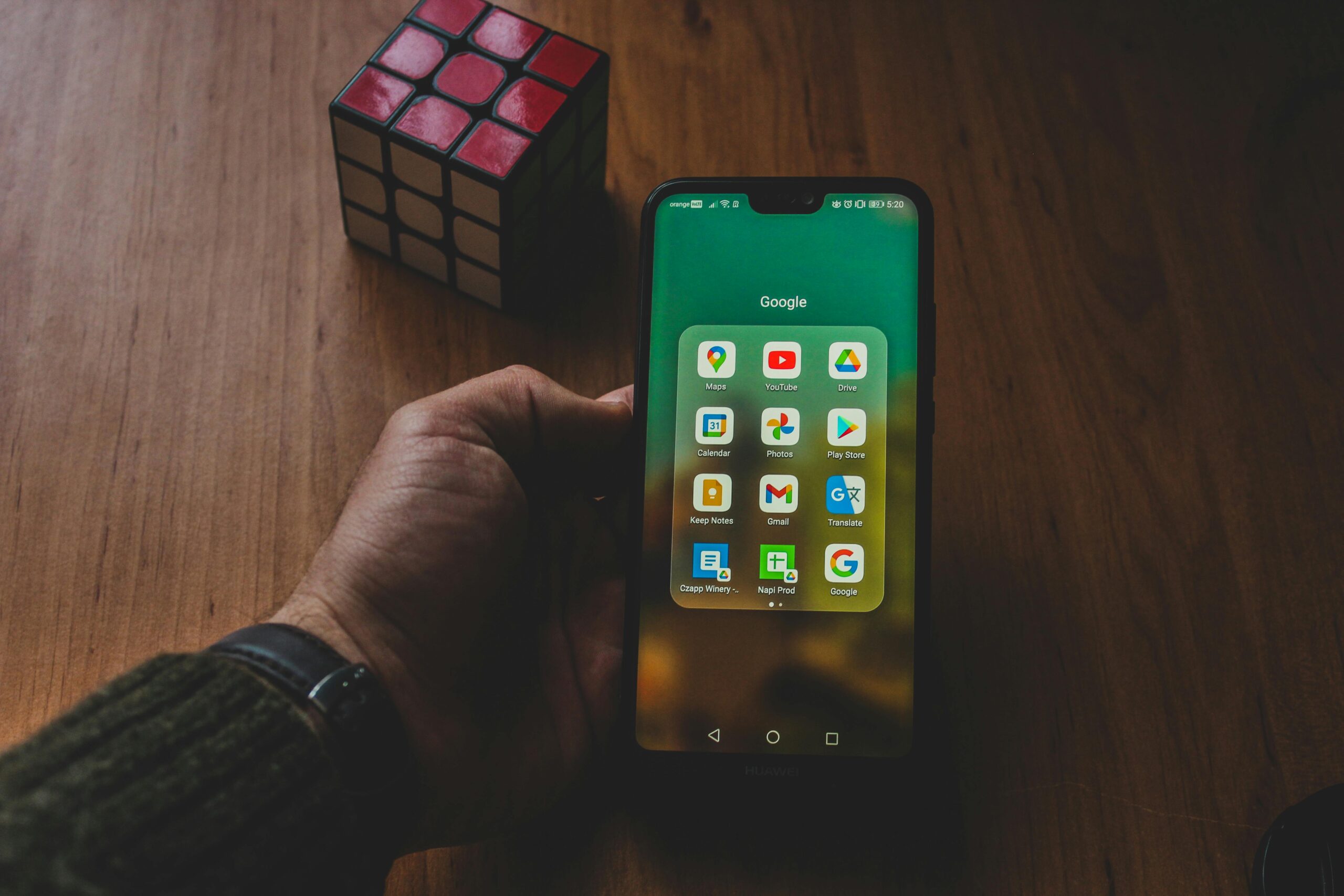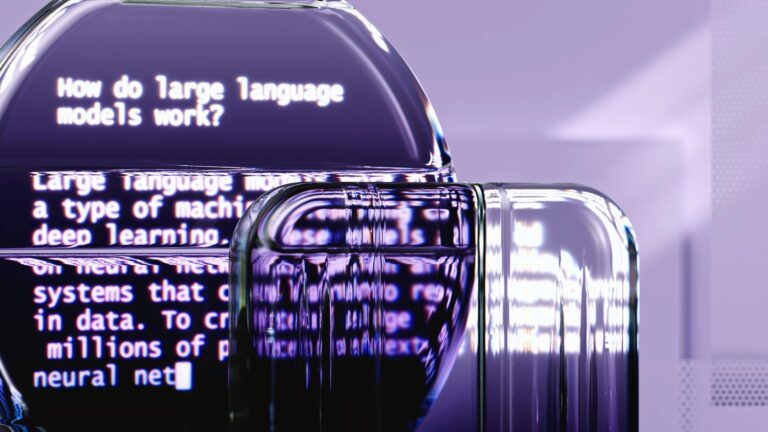
We’re all familiar with the simple vibrations of our Android phones, but the future of touch is far more intricate. Imagine a world where your entire Android experience is enriched by nuanced and contextually relevant tactile sensations, creating a true haptic feedback ecosystem. This article delves into the exciting possibilities of moving beyond basic buzzes, exploring how sophisticated haptics could revolutionize everything from gaming and notifications to accessibility and creative expression on Android devices. Get ready to feel the future in your hands.
Feeling the Digital World: Envisioning a Rich Haptic Landscape
For too long, haptic feedback on smartphones has remained a relatively rudimentary feature. While vibrations alert us to calls and notifications, the potential for a truly integrated haptic feedback ecosystem is immense. This concept envisions a system where subtle and varied tactile sensations provide meaningful information, enhance immersion, and create a richer, more intuitive connection with our Android devices. Think beyond the simple buzz – imagine feeling the texture of a virtual button, the subtle resistance of a slider, or the distinct impact of in-game actions, all through nuanced haptic feedback.
The Limitations of Current Haptics
Most Android devices today utilize basic eccentric rotating mass (ERM) actuators or linear resonant actuators (LRA) to produce vibrations. While LRAs offer more precise and faster feedback, the range and sophistication of tactile sensations are still limited. Current haptics often feel generic and lack the nuance to convey complex information effectively. This is a far cry from the potential of a true haptic feedback ecosystem.
Key Elements of a Comprehensive Haptic Feedback Ecosystem
A fully realized haptic feedback ecosystem on Android would involve several key components working in harmony.
- Advanced Haptic Hardware: Next-generation actuators capable of producing a wider range of frequencies, amplitudes, and textures will be crucial. This includes technologies like surface haptics, which can create localized tactile sensations on the screen itself.
- Sophisticated Software Frameworks: Android’s operating system needs to provide robust APIs and tools that allow developers to create and implement nuanced haptic feedback for various applications and interactions. This includes standardized haptic primitives and the ability to design custom tactile patterns.
- Contextual Haptic Design Principles: A set of design guidelines and best practices will be essential to ensure that haptic feedback is intuitive, informative, and enhances the user experience rather than being distracting or overwhelming. Haptic feedback needs to be context-aware, providing relevant tactile cues based on the user’s actions and the application’s state.
- Cross-Platform Consistency: Ideally, a haptic feedback ecosystem would strive for a degree of consistency across different Android devices, allowing users to develop a more intuitive understanding of tactile cues.
- User Customization: Users should have granular control over their haptic feedback settings, allowing them to adjust intensity, patterns, and even disable haptics for specific applications or scenarios.
The Transformative Potential Across Android Experiences
A well-designed haptic feedback ecosystem could revolutionize various aspects of the Android experience.
Enhanced Gaming Immersion
Imagine feeling the subtle texture of different terrains in a racing game, the distinct impact of a weapon firing, or the satisfying click of a virtual switch. Nuanced haptics could add a new dimension of immersion to mobile gaming, making experiences more engaging and visceral. Different in-game events could trigger unique tactile sensations, providing crucial feedback and enhancing the sense of presence.
More Intuitive Notifications and Alerts
Beyond simple vibrations, a haptic feedback ecosystem could provide more informative and less intrusive notifications. Different types of notifications could be associated with unique tactile patterns – a gentle pulse for a message, a distinct tap for a calendar reminder, or a sustained buzz for an urgent alert. This would allow users to discern the importance and type of notification without even looking at their screen.
Revolutionizing Accessibility
Sophisticated haptic feedback holds immense potential for improving accessibility on Android. Tactile cues could provide feedback for visually impaired users navigating the interface, confirming selections, and indicating boundaries. Different textures and patterns could represent different UI elements, making the digital world more tangible.
Unleashing Creative Expression
Imagine apps that allow users to create tactile patterns and textures, using haptic feedback as a new medium for artistic expression. Drawing apps could simulate the feel of different brushes on various surfaces, or music creation apps could provide tactile feedback for notes and rhythms. A haptic feedback ecosystem could open up entirely new avenues for creativity on mobile devices.
More Natural and Engaging Interactions
Subtle haptic feedback could make everyday interactions with Android devices feel more natural and satisfying. The gentle click of a virtual keyboard key, the smooth feedback of scrolling through a list, or the subtle snap of aligning icons could all contribute to a more polished and engaging user experience. Feeling the virtual “weight” or “texture” of on-screen elements could create a more direct and intuitive connection.
The Technological Underpinnings of Advanced Haptics
Realizing a comprehensive haptic feedback ecosystem requires advancements in haptic technology.
Surface Haptics
This technology uses ultrasonic vibrations or electrostatic forces to create localized tactile sensations directly on the screen surface. This allows for the simulation of textures, edges, and even the feeling of pressing virtual buttons without physical movement.
Multi-Actuator Systems
Future devices may incorporate multiple sophisticated actuators strategically placed within the device to create more complex and spatially varied tactile sensations. This could allow for directional feedback or the simulation of movement across the device.
High-Definition Haptics (HD Haptics)
This term refers to actuators and control systems capable of producing a wider range of frequencies and amplitudes with greater precision and faster response times, enabling the creation of more nuanced and realistic tactile sensations.
Integration with AI and Machine Learning
AI could play a role in dynamically adapting haptic feedback based on user context, preferences, and even emotional state (linking back to our previous discussion!). Machine learning could be used to generate more realistic and contextually appropriate tactile patterns.
Overcoming the Challenges in Building a Haptic Ecosystem
Creating a truly effective haptic feedback ecosystem on Android presents several challenges.
Hardware Integration and Cost
Implementing advanced haptic hardware like surface haptics or multi-actuator systems can add complexity and cost to device manufacturing. Balancing performance with affordability will be crucial.
Software Standardization and Adoption
Developing unified APIs and encouraging widespread adoption by app developers will be essential for creating a consistent and rich haptic experience across the Android ecosystem.
Design Complexity and Best Practices
Designing intuitive and effective haptic feedback requires careful consideration of human perception and the specific context of each interaction. Establishing clear design guidelines and providing developers with the necessary tools will be vital.
Power Consumption
More sophisticated haptic systems may consume more power. Optimizing power efficiency will be important for ensuring a good user experience.
The Future is Tangible: Embracing the Haptic Revolution
While still in its early stages, the potential of a comprehensive haptic feedback ecosystem to transform the Android experience is undeniable. Moving beyond simple vibrations to create nuanced and contextually relevant tactile sensations can enhance immersion, improve accessibility, and unlock new forms of interaction and creative expression. As haptic technology continues to advance and software frameworks evolve, we can look forward to a future where the digital world feels more tangible and our connection with our Android devices becomes richer and more intuitive. The revolution in touch is just beginning.
FAQs About Haptic Feedback Ecosystems
What is a haptic feedback ecosystem?
A haptic feedback ecosystem refers to a comprehensive and integrated system on Android devices that utilizes sophisticated tactile sensations to provide meaningful information, enhance immersion, and create a richer user experience beyond simple vibrations.
How is advanced haptic feedback different from current vibrations?
Advanced haptic feedback involves a wider range of frequencies, amplitudes, and textures, allowing for more nuanced and informative tactile sensations compared to the often generic buzzes produced by current vibration motors.
What are some potential applications of a haptic feedback ecosystem in Android?
Potential applications include enhanced gaming immersion, more intuitive notifications, improved accessibility for visually impaired users, new avenues for creative expression, and more natural everyday interactions.
What are the key technological challenges in creating a haptic feedback ecosystem?
Key challenges include integrating advanced haptic hardware affordably, developing standardized software frameworks, establishing effective design principles, and optimizing power consumption.
Are there any Android devices currently featuring advanced haptic feedback?
Some high-end Android devices already incorporate more sophisticated linear resonant actuators (LRAs) that offer improved haptic feedback compared to older ERM motors. However, a fully realized haptic feedback ecosystem with technologies like surface haptics is still in development and not yet widely adopted.
Conclusion: Feeling the Future of Android
The development of a robust haptic feedback ecosystem on Android holds the key to unlocking a new dimension of mobile interaction. By moving beyond basic vibrations and embracing the potential of nuanced tactile sensations, we can create a more immersive, intuitive, and accessible digital world. While challenges remain, the advancements in haptic technology and the growing recognition of its importance suggest that the future of Android will be one we can truly feel.




